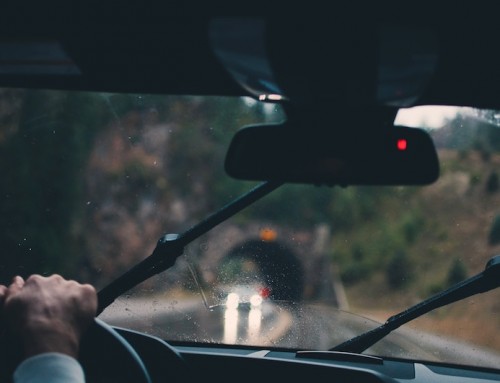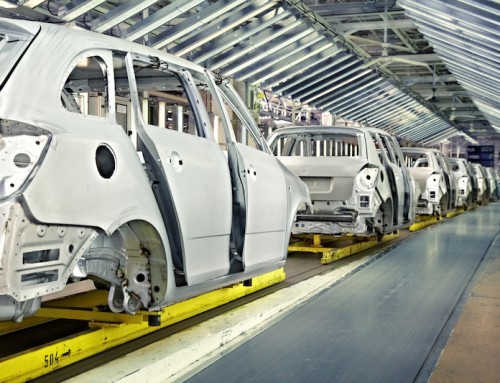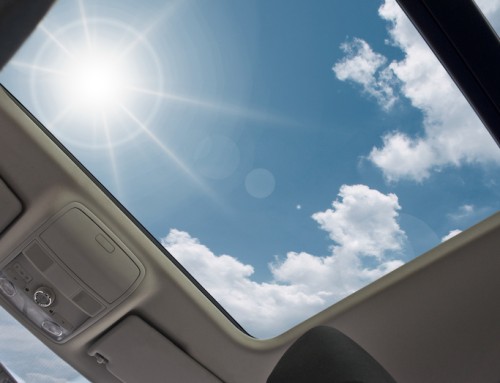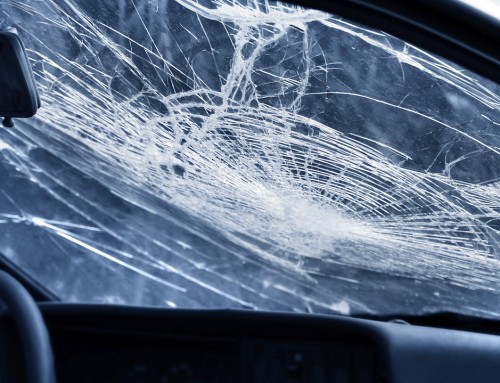Whether you live in a hot climate or are simply leaving your car outdoors during a blistering summer season, the heat can affect your vehicle in a variety of ways. You probably know it can increase the pressure in your tires, affecting their wear, and the ultraviolet rays will fade your upholstery. However, it will affect the exterior of your car, too. Let’s learn how hot weather can damage your vehicle’s paint. We’ll also discuss tips for minimizing the damage and dealing with it after it occurs.
How to Protect the Vehicle’s Exterior – Including the Paint
One solution is storing the vehicle inside a garage whenever possible. While your garage may not be as cool as the interior of your home, there is a fair chance it will be cooler than the outdoors. The enclosure will certainly protect the vehicle’s interior and exterior for ultraviolet light. Waxing it will provide a level of protection from UV rays. Another option is covering the car with a reflective protective cover. This will protect the paint from direct sunlight and keep the exterior of the car cooler. Both of these measures help protect the paint from deterioration, something that can lead to cracks and chips. What if the paint has already started to chip? Fix the paint chips as soon as possible to prevent things from getting worse.
Washing your car can help protect it from peripheral damage due to the heat. For example, hot asphalt begins to deform. It starts to stick to your shoes and your tires. If your tires have been running on hot pavement for a while, they’re hot, too. This means that little bits of asphalt stick to the tires before splattering like mud on the underside of your car. It may even show up as flecks on the rear of the vehicle. The solution here is to wash the car regularly as soon as you can after you’ve been driving on asphalt. This removes the oil, chemicals and general grime that splattered onto the car, too.
The summer sees the bug population spike. Washing your windows is a start, but you probably should clean the grill, too. You may even need to change the air filters more often, if you’re driving through literal clouds of bugs. You’ll need to do this, too, if there’s a lot of dust and pollen in the air. A side benefit of maximizing air flow is that you don’t strain the engine when it is most prone to overheating and when you’re least likely to want to be stuck by the side of the road.
If you have clear vinyl windows in the car, something commonly found in convertibles, they need to be treated with a protectant designed specifically for the. This can reduce the odds the vinyl warps or melts.
Steps that Only Protect the Interior of the Car
Installing tinted windows won’t protect the exterior of the car. However, it will protect the interior of the vehicle from sun damage. Only parking the car in a cool, shaded place truly protects the car from heat damage. However, parking or storing the car in a location like this will prevent the interior from getting so hot that it warps.
Written by: tamarawilhite







